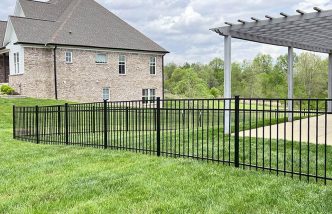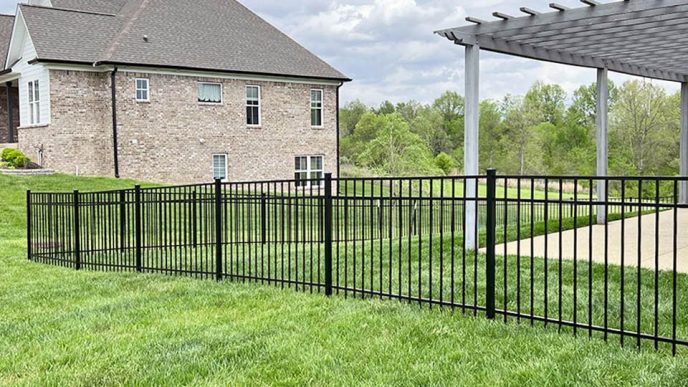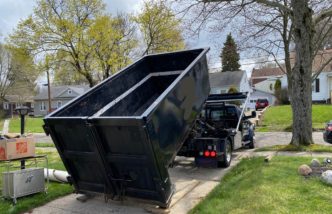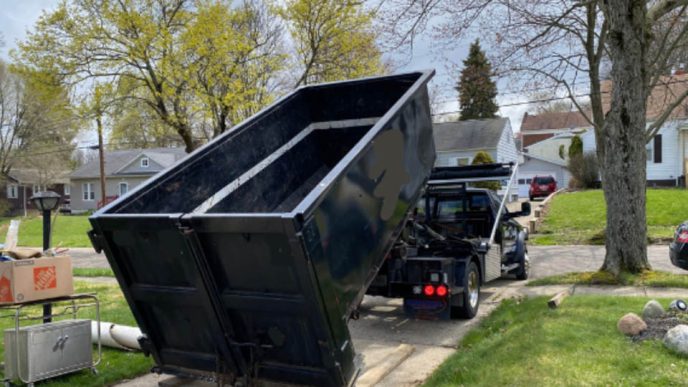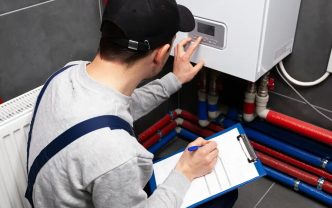Have you ever found yourself rushing to seal drafty windows or layering on extra blankets when the first cold snap hits? If so, you’re not alone. Many homeowners wait until the last minute to get ready for the colder months. Preparing your home for winter is important if you want to stay warm, lower your energy bills, and avoid expensive repairs. If you live in a place with freezing temperatures somewhere in New Mexico, taking a few steps now can make a big difference later.
In this blog, we will share what you need to know to get your home ready for the cold season.
Check and Seal Drafts Around Windows and Doors
Cold air can easily sneak into your home through small cracks around doors and windows. These drafts make your heating system work harder, which increases your energy bills. Walk around your home and place your hand near the edges of windows and doors. If you feel cool air, it’s a sign you have a draft. You can fix small gaps with weatherstripping or caulking.
In addition to sealing gaps, consider using draft stoppers at the bottom of doors. Thick curtains can also help keep warm air in and cold air out. If your windows are old or single-pane, you might want to look into plastic insulation film kits. These clear films stick to your window frames and add a layer of protection against the cold.
Get Your Heating System Checked
Your heating system works hard during the cold season, so it needs to be in good shape before winter begins. Schedule a maintenance check with a trusted professional who can clean and inspect your furnace or heat pump. They will check for problems like dirty filters, worn parts, or blocked vents.
If you live in areas like Albuquerque or Santa Fe, look for reliable heating services in New Mexico before temperatures drop. Many companies offer seasonal check-ups that can help you catch small issues before they become major repairs. During this check, ask about your thermostat, too. If you’re still using an old manual thermostat, upgrading to a programmable one can save you money and keep your home comfortable. Routine care goes a long way in keeping your home warm and your family safe.
Protect Your Plumbing from Freezing
Frozen pipes are one of the most expensive and stressful winter problems for homeowners. When water freezes, it expands and can cause pipes to burst. To prevent this, start by insulating pipes in unheated areas like garages, basements and crawl spaces. Foam pipe insulation is easy to find at hardware stores and simple to install. Even a few layers of newspaper wrapped around exposed pipes can help in a pinch.
Before freezing temperatures hit, disconnect garden hoses and shut off outdoor faucets. You should also know where your home’s main water shut-off valve is located. In case a pipe does burst, turning off the water quickly can reduce the damage. Letting a faucet drip slightly on especially cold nights can keep water flowing and prevent freezing. These small actions can save you from major headaches and big repair bills during the winter months.
Clean Out Gutters and Downspouts
Leaves, dirt, and debris often clog gutters during the fall. If they aren’t cleared out before winter, the trapped water can freeze and cause damage. Ice dams can form, which push water under your roof shingles and lead to leaks inside your home. To avoid this, clean your gutters thoroughly before the first snowfall. Make sure water flows freely through the downspouts and drains away from your foundation.
While cleaning your gutters, check for signs of wear like cracks, sagging, or rust. Fixing or replacing damaged gutters now can prevent bigger issues later. You can also add gutter guards to keep leaves from collecting in the first place. Keeping your gutter system clean and clear helps protect your roof, siding, and even your basement from winter water damage.
Inspect Your Roof for Damage
Your roof is your home’s first defense against snow, ice, and wind. Before winter hits, take a close look at your roof from the ground using binoculars. Look for missing shingles, damaged flashing, or areas where the roof looks uneven. These signs could mean you have hidden damage that needs repair. If you’re unsure, hire a professional to do a full inspection for you.
Also, check inside your attic for any signs of leaks, moisture, or poor insulation. Wet spots on the ceiling or walls could mean your roof is already leaking. Fixing roof issues early prevents problems from getting worse when snow and ice build up. A solid roof keeps your home warm, dry, and protected throughout the cold season.
Test Smoke and Carbon Monoxide Detectors
During winter, people use fireplaces, furnaces, and space heaters more often. These heat sources can increase the risk of fires or carbon monoxide leaks. That’s why it’s important to test your smoke detectors and carbon monoxide alarms now. Make sure they have working batteries and are installed on every level of your home, especially near bedrooms.
If your alarms are over 10 years old, consider replacing them. Some newer models come with long-lasting batteries that don’t need to be changed for years. It’s also smart to keep a fire extinguisher in the kitchen and near any fireplaces. Taking these steps keeps your family safe while staying warm and cozy during the colder months.
In conclusion, getting ready for winter takes a little time, but the benefits are worth it. Preparing early helps reduce stress and keeps your family comfortable when temperatures drop. As the cold season approaches, think about what you can do today to feel more ready tomorrow. The effort you put in now can lead to a safer, warmer, and more relaxed winter season.



